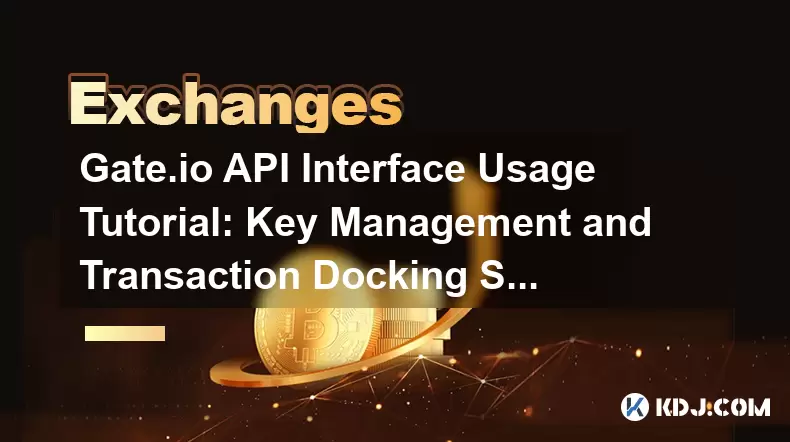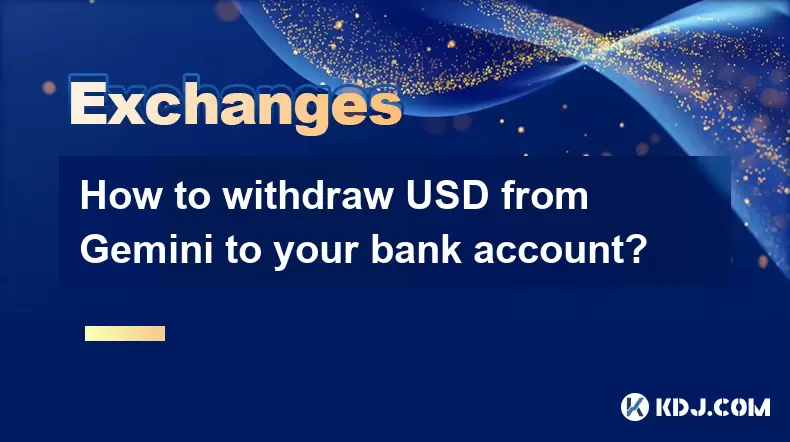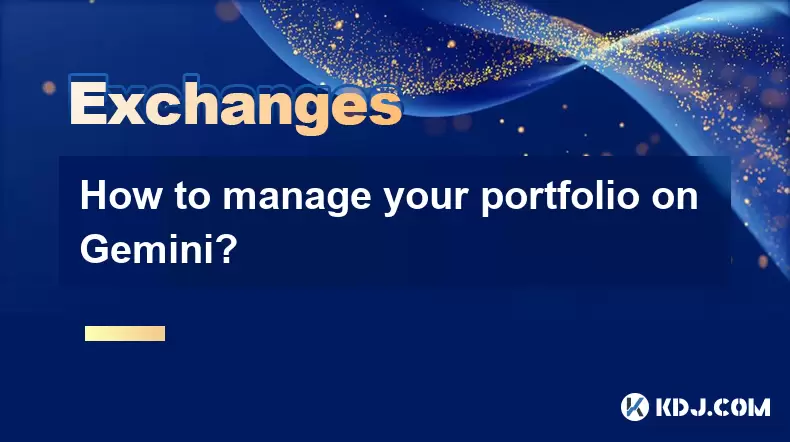-
 Bitcoin
Bitcoin $115000
0.12% -
 Ethereum
Ethereum $3701
4.50% -
 XRP
XRP $3.081
2.99% -
 Tether USDt
Tether USDt $0.0000
-0.01% -
 BNB
BNB $767.9
1.45% -
 Solana
Solana $169.5
3.13% -
 USDC
USDC $0.9999
0.01% -
 Dogecoin
Dogecoin $0.2106
4.30% -
 TRON
TRON $0.3334
1.62% -
 Cardano
Cardano $0.7564
2.54% -
 Stellar
Stellar $0.4165
0.76% -
 Hyperliquid
Hyperliquid $38.75
0.25% -
 Sui
Sui $3.593
3.00% -
 Chainlink
Chainlink $17.08
3.59% -
 Bitcoin Cash
Bitcoin Cash $573.6
4.35% -
 Hedera
Hedera $0.2508
-0.84% -
 Avalanche
Avalanche $23.07
6.46% -
 Ethena USDe
Ethena USDe $1.001
-0.02% -
 Litecoin
Litecoin $120.8
8.17% -
 UNUS SED LEO
UNUS SED LEO $8.943
-0.32% -
 Toncoin
Toncoin $3.400
-5.60% -
 Shiba Inu
Shiba Inu $0.00001255
1.54% -
 Uniswap
Uniswap $9.908
6.32% -
 Polkadot
Polkadot $3.718
2.10% -
 Monero
Monero $303.0
-0.74% -
 Dai
Dai $0.9999
-0.02% -
 Bitget Token
Bitget Token $4.392
0.91% -
 Cronos
Cronos $0.1403
6.31% -
 Pepe
Pepe $0.00001076
1.13% -
 Aave
Aave $267.2
1.80%
Gate.io API Interface Usage Tutorial: Key Management and Transaction Docking Steps
Automate trading and manage your Gate.io account with the API, enabling real-time data access, secure transactions, and custom bot integration.
Jun 14, 2025 at 06:01 pm

What Is Gate.io API and Why Use It?
Gate.io is a global cryptocurrency exchange that provides users with various trading options, including spot trading, futures, and margin trading. To automate trading strategies or integrate Gate.io functionalities into third-party applications, developers can utilize the Gate.io API interface. This application programming interface allows for real-time data retrieval, order placement, and account management through programmatic means.
Using the Gate.io API offers several advantages, such as real-time market data access, automated trading bots, and portfolio tracking. However, it also requires careful handling of sensitive information like API keys and secrets, which grant access to user accounts. Understanding how to manage these securely is essential before proceeding with any integration.
How to Create and Configure a Gate.io API Key
To begin using the Gate.io API, you must first generate an API key from your Gate.io account. Log in to your account, navigate to the "API Management" section under your profile settings. Here, you will find the option to create a new API key.
When generating a key, you are prompted to set permissions. These include spot trading, futures trading, withdrawals, and read-only access. Only enable the permissions necessary for your intended use case to minimize security risks.
After creating the API key, you will receive two critical pieces of information: the API key itself and the secret key. Store both securely, preferably in an encrypted environment or password manager. Never expose these keys publicly or commit them to version control systems like GitHub.
Setting Up the Development Environment for API Integration
Before making API requests, ensure your development environment is properly configured. You can use languages like Python, JavaScript (Node.js), or Go, all of which have libraries to handle HTTP requests and cryptographic signing required by Gate.io's API.
For Python users, install the requests library via pip:
pip install requestsAdditionally, you may need to install hmac and hashlib modules for signature generation. Set up a configuration file or environment variables to store your API key and secret without hardcoding them into your scripts.
Finally, choose a REST client or framework to structure your API calls. For example, in Python, you can define base URLs for public and private endpoints:
- Public endpoint:
https://api.gateio.ws/api/v4/spot/public - Private endpoint:
https://api.gateio.ws/api/v4/spot/accounts
Make sure your codebase includes error handling for rate limits, invalid responses, and network timeouts.
Signing and Authenticating API Requests
Gate.io API requires each request to be authenticated using HMAC-SHA512 encryption. The process involves generating a signature based on the request method, URL path, query parameters, and body content.
Start by preparing the timestamp in milliseconds. Then construct a message string that includes the HTTP method, request path, query parameters (if any), and the request body (for POST requests). Concatenate these elements with newline characters (\n) to form the message.
Use the secret key to sign this message using HMAC-SHA512. Encode the resulting binary signature into hexadecimal format, which will serve as the signature header in your API request.
Include the following headers in every private API call:
KEY: Your API keySIGN: The generated signatureTimestamp: Current time in milliseconds
Failure to correctly sign the request will result in authentication errors or rejected transactions.
Executing Spot Trading Operations via Gate.io API
Once authentication is set up, you can start placing trades programmatically. Begin by retrieving market data using public endpoints, such as /currencies or /tickers, to understand current prices and trading pairs available.
To place an order, send a POST request to /orders. The payload should include the trading pair (e.g., BTC_USDT), order type (limit or market), side (buy or sell), amount, and price (for limit orders).
Here’s an example payload for a limit buy order:
{
"currency_pair": "BTC_USDT",
"type": "limit",
"side": "buy",
"amount": "0.001",
"price": "30000"
}After submitting the order, check its status using the /orders/{order_id} endpoint. Canceling an order requires sending a DELETE request with the appropriate order ID.
Always verify your balance before placing trades by querying /accounts with the correct currency filter. Ensure sufficient funds are available in your spot wallet to avoid failed transactions.
Managing API Rate Limits and Error Handling
Gate.io imposes rate limits to prevent abuse and maintain system stability. Public endpoints typically allow higher limits than private ones. For example, unauthenticated requests might be limited to 60 per minute, while authenticated ones could be capped at 120 per minute.
Monitor the response headers for X-RateLimit-Remaining and X-RateLimit-Reset to track usage and avoid hitting the cap. Implement exponential backoff strategies when nearing the limit to prevent service disruption.
Common errors include:
- 400 Bad Request: Malformed input or missing parameters
- 401 Unauthorized: Invalid or expired API credentials
- 403 Forbidden: Insufficient permissions
- 429 Too Many Requests: Exceeded rate limits
Incorporate retry logic with delays for transient errors and log all responses for debugging purposes. Proper error handling ensures robust and reliable API interactions.
Frequently Asked Questions (FAQ)
Q: Can I use the same API key across multiple applications?
A: Yes, but doing so increases the risk of exposure. It is recommended to create separate API keys for each application or service accessing your Gate.io account.
Q: What should I do if my API key is compromised?
A: Immediately revoke the compromised key from the Gate.io API Management page and generate a new one. Review recent activity to detect any unauthorized actions.
Q: Does Gate.io support WebSockets for real-time data?
A: Yes, Gate.io provides WebSocket APIs for streaming market data, order updates, and account changes in real-time. Developers can connect to the WebSocket endpoint and subscribe to relevant channels.
Q: Are there SDKs available for integrating Gate.io API?
A: Gate.io maintains official SDKs for several languages, including Python, JavaScript, and Java. These SDKs simplify the integration process by abstracting low-level HTTP and signing logic.
Disclaimer:info@kdj.com
The information provided is not trading advice. kdj.com does not assume any responsibility for any investments made based on the information provided in this article. Cryptocurrencies are highly volatile and it is highly recommended that you invest with caution after thorough research!
If you believe that the content used on this website infringes your copyright, please contact us immediately (info@kdj.com) and we will delete it promptly.
- Velo Universe, DEX, and DeFi Security: Navigating the Future of Decentralized Trading
- 2025-08-05 09:25:13
- Bitget Wallet Revolutionizes Solana with Gas-Free Transactions: A New Era for DeFi
- 2025-08-05 09:25:13
- Ozak AI, Crypto Boom, and ROI Potential: Is This the Next Big Thing?
- 2025-08-05 09:25:24
- Solana's ETF Hopes & the All-Time High Chase: Is SOL Set to Soar?
- 2025-08-05 09:25:24
- Coinbase's Brian Armstrong and the Art of Focused Work: A Deep Dive
- 2025-08-05 09:25:30
- Uniswap Price Prediction: Bullish Reversal on the Horizon?
- 2025-08-05 09:25:30
Related knowledge

How to set and manage alerts on the Gemini app?
Aug 03,2025 at 11:00am
Understanding the Gemini App Alert SystemThe Gemini app offers users a powerful way to stay informed about their cryptocurrency holdings, price moveme...

How to use the Gemini mobile app to trade on the go?
Aug 04,2025 at 09:14am
Setting Up the Gemini Mobile AppTo begin trading on the go using the Gemini mobile app, the first step is installing the application on your smartphon...

What to do if you forgot your Gemini password?
Aug 04,2025 at 03:42am
Understanding the Role of Passwords in Gemini AccountsWhen using Gemini, a regulated cryptocurrency exchange platform, your password serves as one of ...

What are the websocket feeds available from the Gemini API?
Aug 03,2025 at 07:43pm
Overview of Gemini WebSocket FeedsThe Gemini API provides real-time market data through its WebSocket feeds, enabling developers and traders to receiv...

How to withdraw USD from Gemini to your bank account?
Aug 04,2025 at 11:01am
Understanding Gemini and USD WithdrawalsGemini is a regulated cryptocurrency exchange platform that allows users to buy, sell, trade, and store digita...

How to manage your portfolio on Gemini?
Aug 03,2025 at 10:36am
Accessing Your Gemini Portfolio DashboardTo begin managing your portfolio on Gemini, you must first log in to your account through the official websit...

How to set and manage alerts on the Gemini app?
Aug 03,2025 at 11:00am
Understanding the Gemini App Alert SystemThe Gemini app offers users a powerful way to stay informed about their cryptocurrency holdings, price moveme...

How to use the Gemini mobile app to trade on the go?
Aug 04,2025 at 09:14am
Setting Up the Gemini Mobile AppTo begin trading on the go using the Gemini mobile app, the first step is installing the application on your smartphon...

What to do if you forgot your Gemini password?
Aug 04,2025 at 03:42am
Understanding the Role of Passwords in Gemini AccountsWhen using Gemini, a regulated cryptocurrency exchange platform, your password serves as one of ...

What are the websocket feeds available from the Gemini API?
Aug 03,2025 at 07:43pm
Overview of Gemini WebSocket FeedsThe Gemini API provides real-time market data through its WebSocket feeds, enabling developers and traders to receiv...

How to withdraw USD from Gemini to your bank account?
Aug 04,2025 at 11:01am
Understanding Gemini and USD WithdrawalsGemini is a regulated cryptocurrency exchange platform that allows users to buy, sell, trade, and store digita...

How to manage your portfolio on Gemini?
Aug 03,2025 at 10:36am
Accessing Your Gemini Portfolio DashboardTo begin managing your portfolio on Gemini, you must first log in to your account through the official websit...
See all articles

























































































